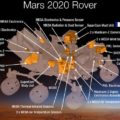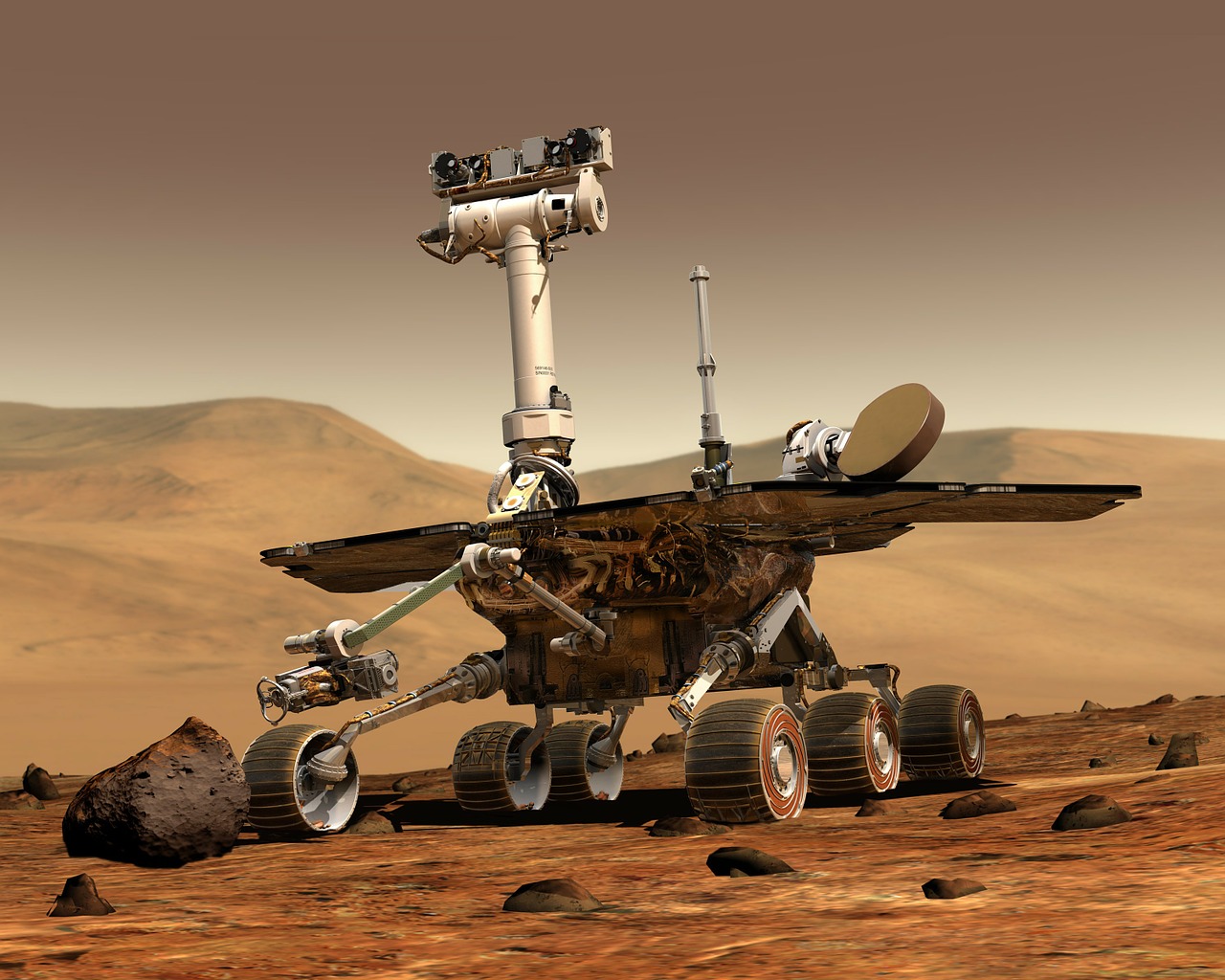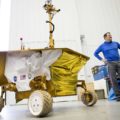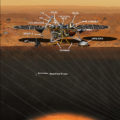As the largest object in the wide asteroid belt between Mars and Jupiter, the dwarf planet Ceres has been a point of interest for NASA both because of its size,
and because it’s not that far away. And since March 2015, they’ve had their Dawn spacecraft orbiting around it – once that mission’s end date of June 2016 passed, NASA decided it could stay, and extended the mission.
NASA is now extending that mission for a second time, announcing in a press release that Dawn will stay over Ceres and travel even closer to the dwarf planet’s surface than ever before. Whereas Dawn has previously gone as close as 240 miles to Ceres’ surface, the team in charge of the spacecraft is working on a way to shift Dawn into an elliptical orbit around Ceres, so it can approach up to 120 miles from the surface.
Once it has a much closer look, Dawn will then have better opportunities to record new data with its gamma ray and neutron spectrometer, to help gain a better understanding of Ceres’ composition, and all the ice which is there. Because NASA doesn’t want to “contaminate” Ceres with all our Earthly junk, that’s about as close as Dawn will ever get, as there’s no plan to ever land the spacecraft on the surface, or crash it there once we’re done with it (which is how NASA disposed of Cassini on Saturn). Instead, Dawn will stay in this new orbit permanently, living out the rest of its lifespan (expected to last through 2018) before it eventually loses contact and floats around the dwarf planet as a tiny, dead satellite.
It’s also important that Dawn lasts through April 2018, as this is when Ceres will be at its closest point to the sun, which is called its perihelion. Once things warm up, NASA suspects that much of Ceres’ ice will likely turn to vapor and build up its thin and temporary atmosphere, which NASA is more than happy to look at. And only once all of that is done, will Dawn get a quiet end to fairly busy journey, if not a long one. Dawn is one of the few spacecrafts to orbit multiple targets, having spun around the giant asteroid Vesta from 2011 to 2012 (a rare asteroid to contain evidence of water) before finally moving over to Ceres.
But Ceres is a suitable target to stay at – beyond what’s been mentioned already, the body is also home to organic compounds, some mysterious bright spots which are thought to contain salt deposits and ice despite acting strangely, and an active surface full of craters.
It’s likely we might find something else as well before Dawn’s latest mission comes to an end, but we won’t know for several more months at minimum, from the sound of things.
Credit : outer places




